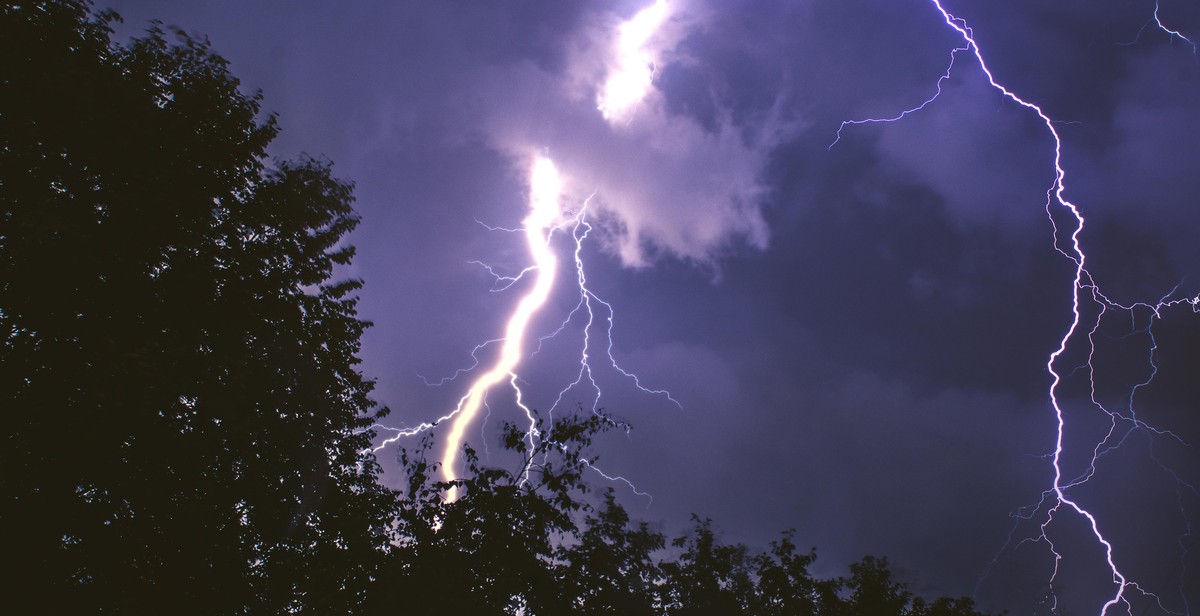Introduction: How to Install Outdoor Lighting to Enhance Your Landscape
Outdoor lighting can transform your backyard into a magical oasis, creating a warm and inviting ambiance for your family and guests. Not only does it improve the aesthetic appeal of your landscape, but it also adds an element of safety and security to your home. In this guide, we will show you how to install outdoor lighting to enhance your landscape and give your outdoor space a new lease of life.
Why Outdoor Lighting is Important
Outdoor lighting is important for several reasons. Firstly, it can be used to highlight the beauty of your landscape, showcasing your trees, shrubs, and other outdoor features. Secondly, it can be used to create a warm and inviting atmosphere for your outdoor gatherings, making your backyard the perfect place to entertain your guests. Thirdly, outdoor lighting can improve the safety and security of your home, deterring burglars and ensuring that your family and guests can move around your outdoor space safely.
With the right outdoor lighting, you can create a stunning and functional outdoor space that you can enjoy all year round. So, let’s get started with our guide on how to install outdoor lighting to enhance your landscape.

Planning Your Outdoor Lighting Design
Outdoor lighting is an excellent way to enhance the beauty and safety of your landscape. However, before you start installing lights, it’s essential to plan your outdoor lighting design. Here are three critical steps to consider when planning your outdoor lighting design:
Assessing Your Landscape
The first step in planning your outdoor lighting design is to assess your landscape. Take a walk around your property and identify the areas that you want to highlight. You may want to showcase your beautiful garden, a water feature, or a unique architectural feature. Once you have identified the areas you want to highlight, consider the size and shape of the area. This will help you determine the number and type of lights you need.
Choosing the Right Type of Lighting
The next step in planning your outdoor lighting design is to choose the right type of lighting. There are many types of outdoor lights to choose from, including floodlights, spotlights, pathway lights, and accent lights. Each type of lighting serves a different purpose, so it’s essential to choose the right one for your needs. For example, floodlights are ideal for illuminating a large area, while spotlights are perfect for highlighting a specific feature.
When choosing the right type of lighting, consider the style of your home and landscape. You want to choose lights that complement your existing decor and enhance the overall ambiance of your outdoor space. Additionally, consider the energy efficiency of the lights you choose. LED lights are an excellent choice for outdoor lighting because they are energy-efficient and long-lasting.
Determining the Best Placement for Your Lights
The final step in planning your outdoor lighting design is to determine the best placement for your lights. The placement of your lights is critical because it can affect the overall look and functionality of your outdoor space. Here are some tips to help you determine the best placement for your lights:
- Place pathway lights along walkways and driveways to provide safe passage.
- Use accent lights to highlight unique features, such as a tree or statue.
- Install spotlights to showcase your home’s architecture or to create a focal point in your yard.
- Place floodlights in areas where you need bright, broad illumination, such as a backyard or driveway.
When determining the placement of your lights, consider the height of the fixtures. You want to make sure that the lights are not too high or too low, as this can affect the overall effect of the lighting. Additionally, consider the angle of the lights. You want to ensure that the lights are shining in the right direction to achieve the desired effect.
| Lighting Type | Best Placement |
|---|---|
| Pathway Lights | Along walkways and driveways |
| Accent Lights | Highlight unique features, such as a tree or statue |
| Spotlights | Showcase your home’s architecture or create a focal point in your yard |
| Floodlights | In areas where you need bright, broad illumination, such as a backyard or driveway |
By assessing your landscape, choosing the right type of lighting, and determining the best placement for your lights, you can create a beautiful and functional outdoor lighting design. With the right lighting, you can enhance the beauty and safety of your landscape while creating a welcoming and inviting outdoor space.

Installation Process
Installing outdoor lighting can be a great way to enhance the beauty and security of your landscape. However, before you begin the installation process, it’s important to gather all of the necessary tools and materials and prepare the area for installation.
Gathering Your Tools and Materials
To install outdoor lighting, you will need the following tools and materials:
- Outdoor lighting fixtures
- Low-voltage electrical wire
- Transformer
- Wire connectors
- Wire strippers
- Staple gun
- Drill
- Spade or shovel
- Tape measure
- Level
Make sure that you have all of these tools and materials on hand before you begin the installation process.
Preparing the Area for Installation
Once you have gathered your tools and materials, the next step is to prepare the area for installation. This involves the following steps:
- Decide on the placement of your lighting fixtures. This will depend on the size and layout of your landscape, as well as your personal preferences.
- Use a spade or shovel to dig a trench for the low-voltage electrical wire. The trench should be at least 6 inches deep and should run from the transformer to each lighting fixture.
- Install the transformer near an outdoor electrical outlet. Make sure that the transformer is grounded and that the voltage setting is correct for your lighting fixtures.
- Connect the low-voltage electrical wire to the transformer using wire connectors. Make sure that the wire is securely connected and that there are no exposed wires.
Installing the Wiring and Fixtures
Once the area is prepared, it’s time to install the wiring and fixtures. This involves the following steps:
- Run the low-voltage electrical wire through the trench and connect it to each lighting fixture using wire connectors. Make sure that the wire is securely connected and that there are no exposed wires.
- Attach the fixtures to the ground using stakes or mounting brackets. Make sure that the fixtures are level and that they are positioned correctly for the desired lighting effect.
- Use a staple gun to secure the low-voltage electrical wire to the ground. Make sure that the wire is not stretched too tightly and that there are no sharp bends or kinks.
- Test the lighting fixtures to make sure that they are working properly. If necessary, adjust the positioning of the fixtures or the intensity of the lighting.
By following these steps, you can install outdoor lighting to enhance your landscape and improve the security of your property. Remember to always follow safety guidelines and consult a professional electrician if you have any concerns about the installation process.

Maintenance and Safety Tips
Installing outdoor lighting can enhance the beauty and functionality of your landscape. However, it is important to keep in mind that regular maintenance and safety considerations are crucial to ensure longevity and prevent accidents. Here are some tips to keep in mind:
Regular Maintenance
- Check your outdoor lighting fixtures regularly to make sure they are still in good condition. Replace any that are damaged or broken.
- Clean the fixtures regularly to remove dirt and debris that may accumulate over time.
- Replace light bulbs as needed to maintain proper illumination.
- Trim any vegetation around the fixtures to prevent it from blocking the light or causing a fire hazard.
- Check the wiring periodically to ensure it is still in good condition and not exposed.
Safety Considerations
Outdoor lighting can pose safety risks if not installed and maintained properly. Here are some safety tips to keep in mind:
- Make sure all fixtures are properly grounded to prevent electrical shock.
- Use outdoor-rated fixtures and wiring to ensure they can withstand the elements.
- Install fixtures at a safe distance from any flammable materials to prevent fires.
- Consider using motion-activated lighting to deter intruders and enhance safety.
| Important Note: |
|---|
| Always turn off the power before installing or performing maintenance on outdoor lighting fixtures to prevent electrical shock. |
